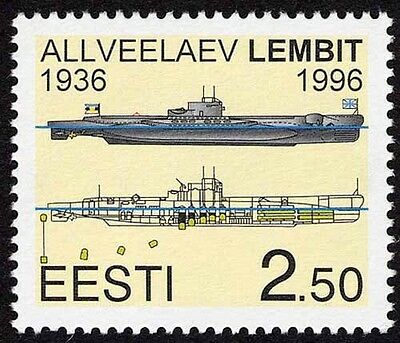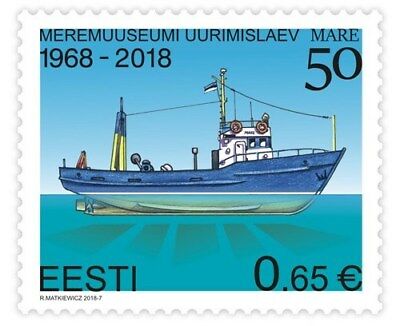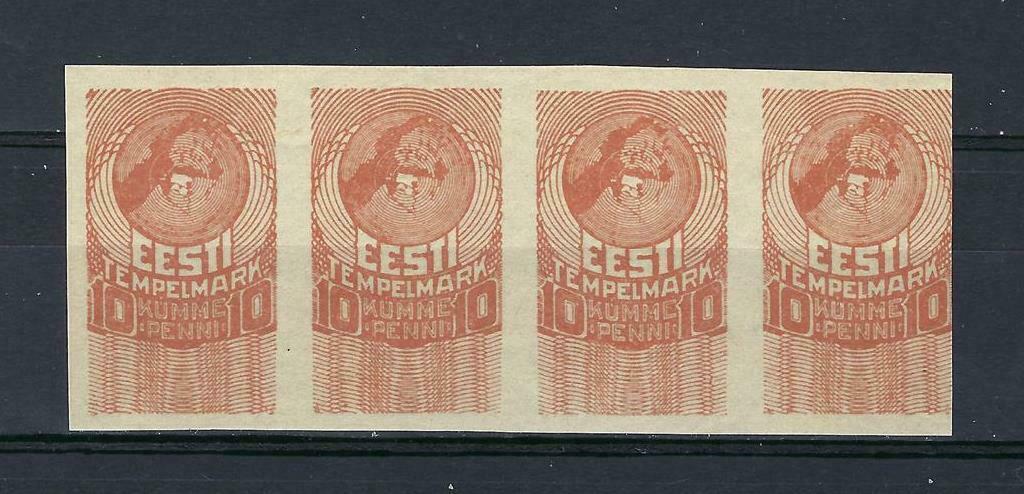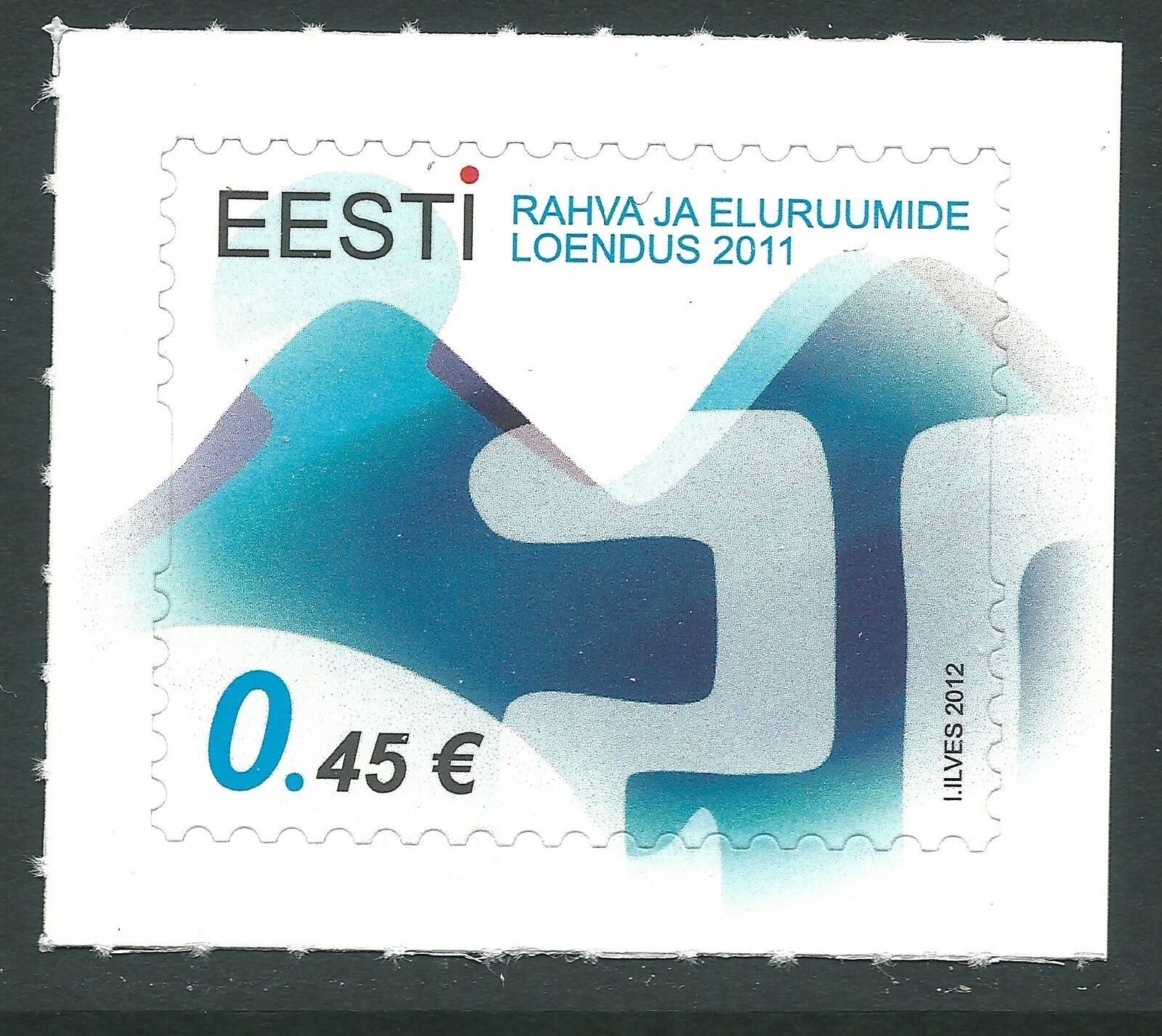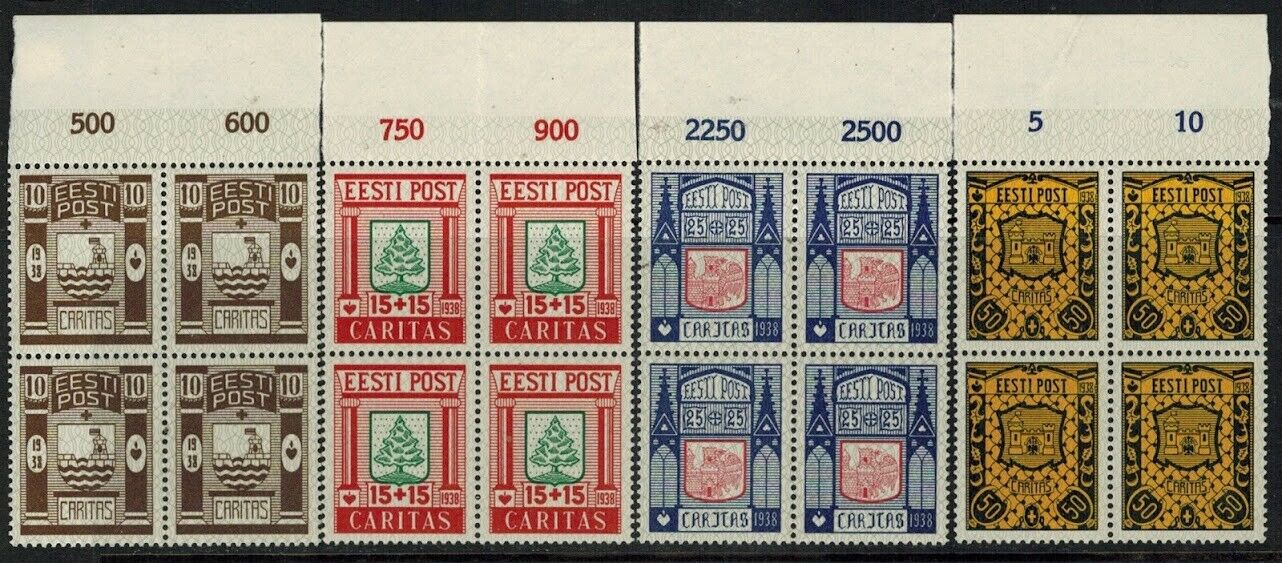-40%
Stamp SET of ESTONIA - Ships on Estonian postage stamps (9 stamps)
$ 8.18
- Description
- Size Guide
Description
Stamp SET of ESTONIA - Ships on Estonian postage stamps (9 stamps)
Shipping and handling:
International regular mail - 2.95$ Registered mail is 7.90$
Combined shipping available -
NO extra charge for additional stamps/ FDCs.
Payment: PayPal.
!! ATTENTION !! Buyers from RUSSIA and BELARUS. I will ship ONLY by registered mail – 6.50$.
B
нимание
покупатели из России
и Беларусь -
Отправка
Ваш
ег
о
заказ
а только
заказным письмом - 6.50$
The motor ship Mare is the first and hitherto only Estonian marine archaeological exploratory ship. The ship was built in 1968 in Mari El Republic, in the Zvenigovo shipyard as a MSTB-type fish trawler. Until 1982, the trawler was in use in the fishermen kolkhoz Pärnu Kalur. In 1982, the Estonian Maritime Museum acquired the motor ship MSTB-303 no longer needed by the fishermen and modified it in Miiduranna shipyard for submarine exploration purposes. It returned to service under the new name Mare and was used by the submarine archaeology club Vikaar. The ship turned out to be extremely suitable for submarine exploration. It has found and explored hundreds of sunken ships from World War I and II as well as found many historic ship wrecks dating back hundreds of years, the oldest of which is the “Maasilinna ship” from mid 16 century.
The now retired captain of the meritorious ship was Vello Mäss, a well-known scientist and submarine archaeologist.
The icebreaker Tarmo was built at the Wärtsilä shipyard in Helsinki in 1963. The Republic of Estonia bought the ship in 1993 and she has now successfully operated under the Estonian flag for 20 years, ensuring safe entry for ships to ports and to sea lanes. The full displacement of the Tarmo is 1,585 tons, its length 84 and its beam 22 metres; its maximum speed is 14 knots. As the Tarmo will be 50 years old this year, AS Tallinn Sadam decided in 2012 to buy from the Finnish Arctia shipyard the 1998-built MSV Botnica, which has already arrived in Estonia and from now on two icebreakers, the Tarmo and the Botnica, will ensure maritime traffic in the Gulf of Finland.
The four-master Tormilind, considered by many to be the most beautiful Estonian sailing ship of all times, was built at Hara on the north Estonian coast in 1920-22 for a local shipping company, Käsmu Laevaomanikud. The initiator and organizer of the Tormilind’s building was sea captain R. Pahlberg (1885-1948), and the building work was carried out under the direction of A. & P. Sepp from Saaremaa. Built to conform with Bureau Veritas requirements, the barkentine was 45.71 m long, 10.3 m wide; she had a displacement of 495.46 gross register tons and a crew of ten. The Tormilind’s maiden voyage took her from Loksa via Kotka and Swansea to the Mediterranean. In 1925-26 she called at African and Latin American ports. On 11 December 1937 she suffered damages off Hiiumaa Island, as a result of which 3 crew lost their lives. During the repair work she was given a 300 HP diesel engine and was again declared seaworthy on 27 February 1939. The Tormilind probably perished in the Kiel Canal in August 1944.
The icebreaker Suur Tõll is the only surviving steamship from Estonia’s prewar period of independence, a symbol of the continuity of Estonian seafaring. It is the biggest surviving icebreaker predating the First World War, a monument of engineering of international importance. The icebreaker was built to a Russian order by Vulcan-Werke A.G in Stettin (now Szczecin, Poland) in 1914. Taken over by the Reds in the Bolshevik revolution, the Tallinn-based ship was captured by the Finns in 1918, only to be relingquished to Estonia under the terms of the Tartu Peace Treaty. Having served under the names of Tsar Mikhail Fyodorovich in 1914-17, Volynets in 1917-18 and Wäinämöinen in 1918-22, the ship was now given the name of Suur Tõll and remained in service in Tallinn until Estonia’s incorporation into the Soviet Union in 1940. In 1941-88 the ship served in the Soviet Baltic fleet, once again under the name of Volynets. The icebreaker still has its three original Trippel steam engines; its six coal-fired boilers were replaced with Lindholmen oilburning ones at Pori, Finland in 1952. The ship largely retains its original room layout and interior. In January 1992 the Suur Tõll was entered under No 001 in the Estonian ship register. Restoration and repair of the most venerable Estonian ship is still in the initial phase. Technical characteristics: Diplacement 4,579 t, length 74,4 m, width 17,5 m, draught while loaded 6,8 m, steam engines capacity 5,800 Hp, screws – 2 stern, 1 fore.
The submarine Lembit, along with another submarine of the same type, the Kalev, was built to an order by the Estonian government at the Vickers-Armstrong shipyard in Barrow-in-Furness, England, launched in 1936. In 1937-40 the Lembit served in the Estonian naval forces. Taken over by the Soviets in 1940 to serve in the Soviet Baltic Fleet. Since 1985 a museum ship in Tallinn; since April 1992 the Lembit belons to the Estonian Maritime Museum. Technical characteristics: Displacement – surfare 665.5 t, submerged 853.4 t. Size 59.5x7.5x3.6 m. Speed – surface 13.5 knots, submerged 8.5 knots. Diving depth up 90 m, duration up to 30 days. Hull – 12 mm steel plating. Two Vickers – Armstrong 600HP disel engines, two 395 HP electric motors. Armaments: 20 mines, 10 vertical mine shafts, 8 torpedoes, 4 torpedo launchers, 1x40 mm Bofors gun, 1 Lewis submachine gun. Crew 33.
ESTONIA - The Maasilinn ship (16th century) The Maasilinn ship is one the oldest wrecks ever found in Estonian waters. The surviving part of the wreck measuring about 10 m by 5.5 m was discovered by marine archaeologists in Väike vä in Strait in the roads of the former Maasilinn (Soneburg) Order Castle in 1985. The Maasilinn ship was built about 1550 and is the only known example of a locally built ship from the Middle Ages. It has three distinct pecularities to set it apart from any other ships of the period: double outer planking, a double mortise and tenon connection of the stem and the keel, and an original keel construction. The conserved wreck is kept at the Orissaare yacht club, and can be seen by arrangement with the Estonian Maritime Museum. Kunstnik R. Matkiewicz. LATVIA - Battle-ship Das Wappen der Herzogin von Kurland (17th century) Shipbuilding flourished in the former Duchy of Kurland in present-day Latvia under Duke Jacob (1642-82). Ships were built at the Ventspils and Kuldiga shipyards, at first by German and Dutch, craftsmen invited by Duke Jacob, and later by local shipwrights. During Duke Jacob’s rüle ships of all kinds of ships were built in Kurland, and not only for local needs but also for England, France, Spain and other countries. The biggest battle-ship built for Kurland itself, Das Wappen der Herzogin van Kurland was a four-decked three master armed with 72 naval guns and capable of holding 400 sailors and 100 soldiers. The ship was modelled after the English battleship Sovereign of the Seas. Kunstnik E. Viliama. LITHUANIA - The Kurenas Fishing Boat (16th-17th century) The boot is flat-bottomed, usually made of oaken planks, well suited to sailing on the shallow Kur¹iu ilanka (Kursiu Bay) and coastal waters of the Baltic. The kurenas, about 10 m in length, was used for fishing, shipping of small freight and other purposes. The type of the ship is believed to have been developed after north central European, particularly Dutch examples in the 16th-17th centuries. Some kurenas-type fishing-boats are survive until today. Kunstnik ©. Leonavicius.
The Maasilinn ship is one the oldest wrecks ever found in Estonian waters. The surviving part of the wreck measuring about 10 m by 5.5 m was discovered by marine archaeologists in Väike väin Strait in the roads of the former Maasilinn (Soneburg) Order Castle in 1985. The Maasilinn ship was built about 1550 and is the only known example of a locally built ship from the Middle Ages. It has three distinct pecularities to set it apart from any other ships of the period: double outer planking, a double mortise and tenon connection of the stem and the keel, and an original keel construction. The conserved wreck is kept at the Orissaare yacht club, and can be seen by arrangement with the Estonian Maritime Museum.




